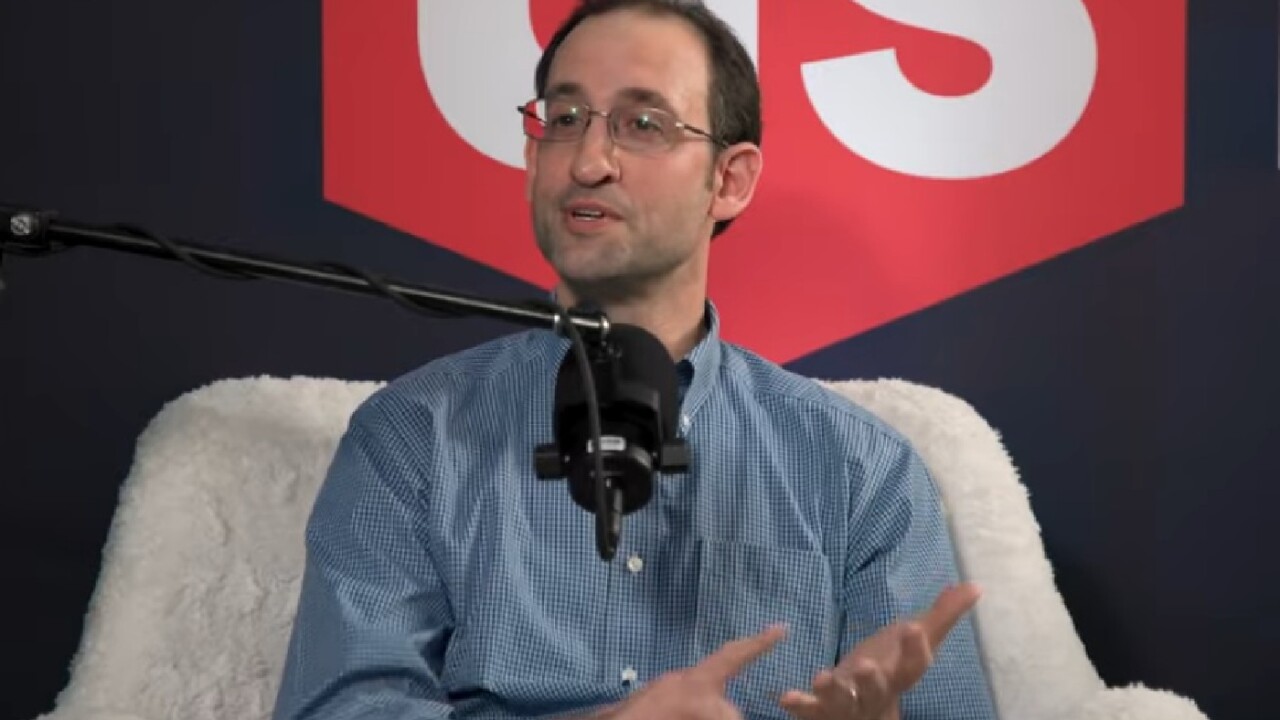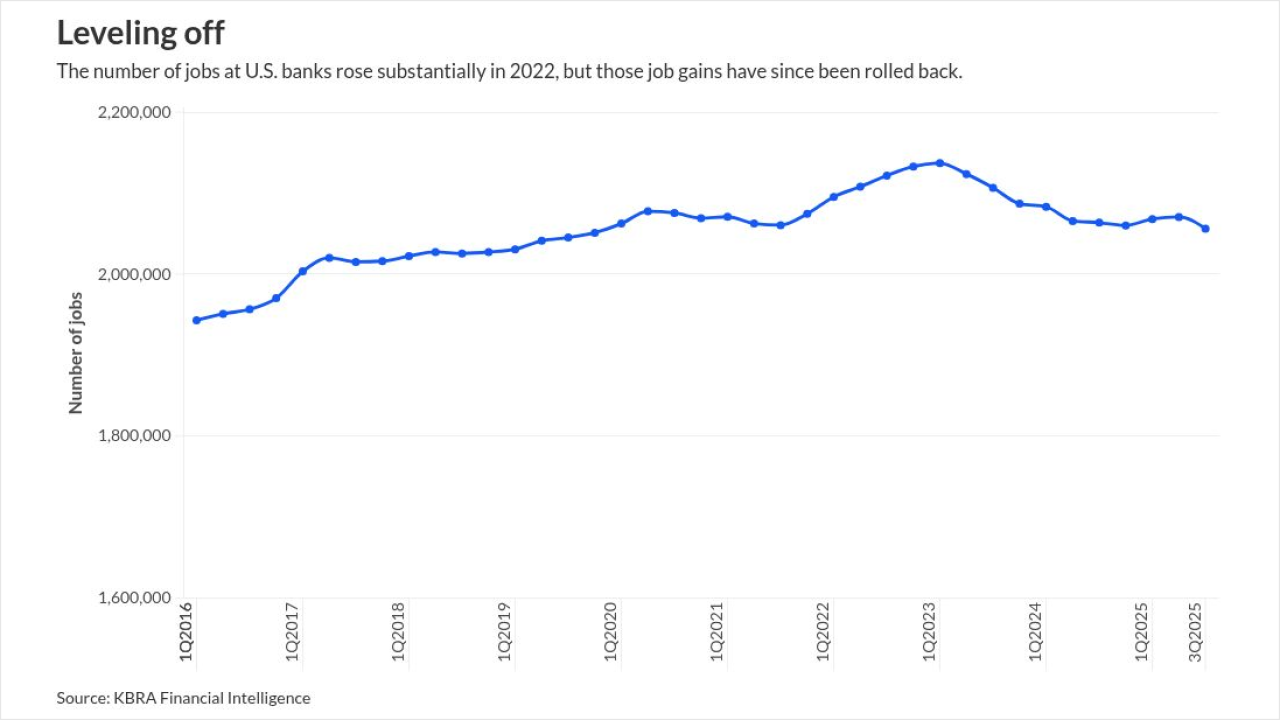It starts with an application followed by origination, underwriting, credit checks and background checks. It ends with a family wearily signing some papers, moving into a ranch-style house and (30 years later) owning their own home. Sometimes.
However, the last several years filled with foreclosures and loan modifications have proved that a lot of the time that isn't the case.
Because if someone loses a job, or gets caught up in a loan they can't afford, they might miss more than two payments.
Those delinquent bills set off a series of (loss mitigation) consequences that ultimately could eventually end in foreclosure.
"Behind those steps are multiple systems," says Gavin Munroe, the CIO in charge of IT and services at Bank of America's Home Lending division.
"I tried to do a short sale and four months into the process, I just gave up. It wasn't clear what the process was."
Bank of America has tried to smooth that out.
In June, Munroe gave a roughly 30-minute talk at Pegasystems' user conference,
The technology vendor which is publicly traded (its ticker is PEGA) provides business process management software to banks and other companies.
In 2012 alone, Munroe explains, regulators made roughly 2,000 changes to the way banks do business. B of A along with more than 6,000 other banks, have been struggling with that, he says.
Mortgages admittedly are a big piece of the job one that technology can streamline. "Let's face it, the mortgage space is not cutting-edge technology. There are a lot of mainframes behind it," says Munroe. "A lot of gaps in the operation of efficiencies."
Since the beginning of last year, he says, B of A has created an end-to-end workflow management system.
Mapping automated work assignments. Mapping users. Providing borrowers and employees with insight into exactly where a loan is in its lifecycle.
So far, it's worked.
During the first six months of 2012, Munroe says, the bank made roughly 300,000 modifications. By the end of the year, B of A had gone through more than a million.
A success, by any measure, he says.
"We needed to have a process that checked the data between every handoff," Munroe says. "When the agent got the loan, they were able to work the loan. And between each handoff there was a data quality check."
That check ensured that there wasn't any data missing that a borrower would later have to go back and fill in.
B of A also created a dashboard that allowed executives to see where the bottlenecks in the system are, and figure out how to better move loans through the pipeline.
That's critical.
All banks are running into the same problems, says Reetu Khosla, Pegasystems' global director of financial crime and risk solutions.
As an example, she points to UDAAP (unfair, deceptive, or abusive acts or practices) rules that regulators, including the Consumer Financial Protection Bureau, have been using as
"The way the regulation is situated around the CFPB, [it] kind of goes into the complaints piece," says Khosla.
"What happens is, who is responsible at the point [of a complaint], and who is responding to complaints? That all goes back to UDAAP."
She says banks don't want to be taken by surprise by complaints that are
"It's really about the consumer, people like you and I," says Khosla. "Are we being sold the right product? Are we getting the right marketing materials? Are the debt collectors coming after us for the wrong reasons?"
That's part of the reason B of A is trying to act nimbly and change its act.
In the end, though, Munroe says, B of A might have been done better by taking smaller bites out of the problem.
"One of our big misses is we set out to create an end-to-end [system]," Munroe says. "Probably not the smartest of ideas. We probably should have started with smaller prototypes. It was good to have a true north. It was good to have an end-to-end goal." But starting small might have been more practical.
Bank of America has a culture that "eats everything for breakfast," he says.
That culture created unforeseen problems of employees sticking to old work habits and, in some cases, entire departments (cough: compliance) pushed back. "It felt like we were playing whack-a-mole," jokes Munroe.
With that said, B of A is making progress and consistently fine tuning the technology behind its mortgage platform, Munroe says. "[Though] we've still got a far way to go," he says. "We're definitely not there yet."





